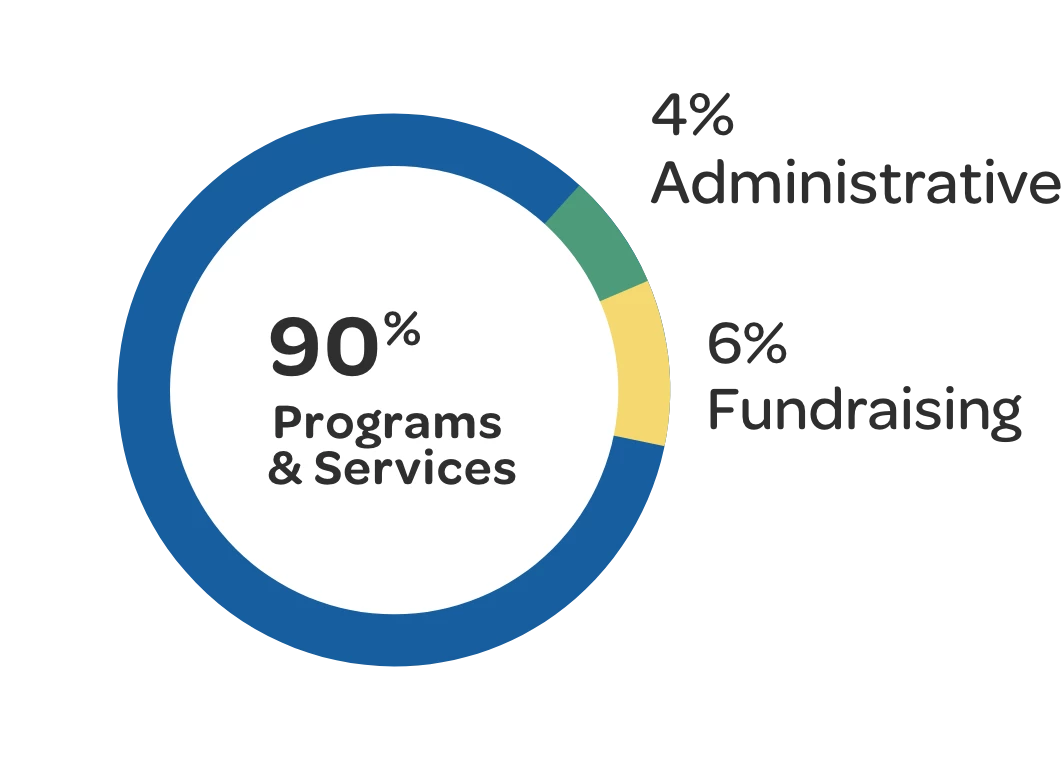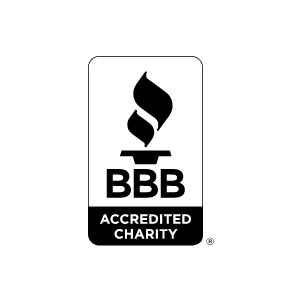Construction Stages of YOUR Water Well
It’s becoming more common for families to have water wells and hand pumps built in honor of deceased loved ones. May God have mercy on their souls. But who is building these water sources? And what exactly does that construction process entail?














